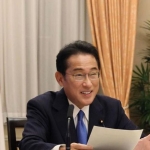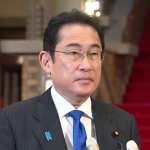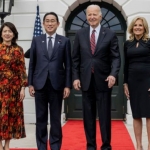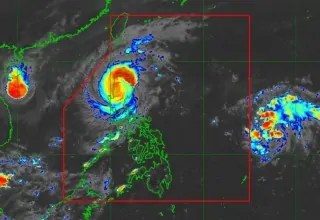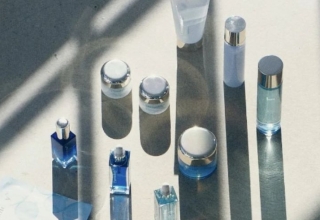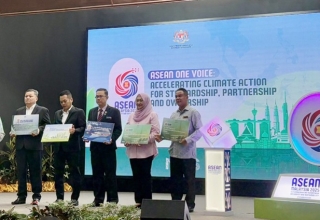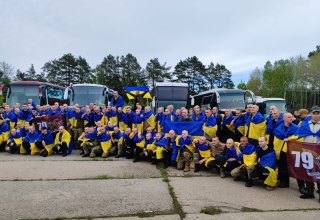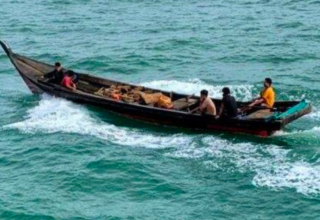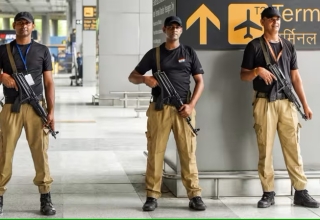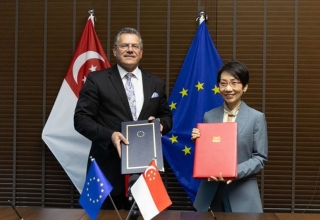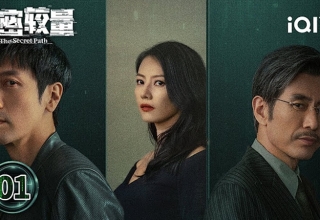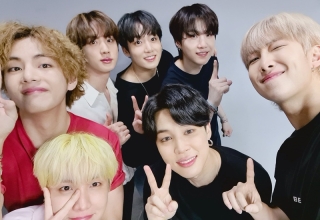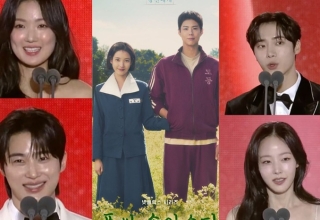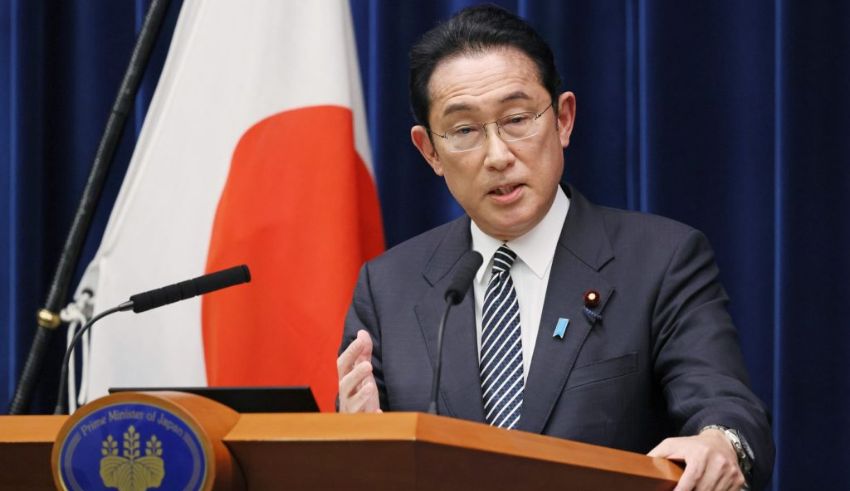
Prime Minister Fumio Kishida made a major declaration on September 21, 2024, aiming at increasing medical aid to people impacted by the U.S. atomic bombing of Nagasaki, especially those who were exposed outside the previously defined state-supported territory. Emphasizing the need of justice and equality in the treatment of all atomic bomb survivors, or hibakusha, Kishida said in a statement to reporters at his official residence in Tokyo that those who were exposed to the radioactive effects of the bombing—including the so-called “black rain”—would now receive medical aid equivalent to that given to state-recognized survivors.
Following a recent decision by the Nagasaki District Court on September 9 ordering the Nagasaki prefectural and city governments to formally acknowledge 15 of 44 petitioners as hibakusha, the announcement is in line with general acceptance from advocacy groups based on the recent f verdict. Outside the specified zone set by the state, these plaintiffs came into contact with radioactive fallout, sometimes known as “black rain,” yet still quite close to the hypocenter of the atomic bomb. By providing these people with the same degree of medical expenditure relief as state-recognized survivors get, Kishida’s new approach seeks to correct historical inequalities.
Providing relief to more atomic bomb victims
The declaration of Prime Minister Kishida emphasizes the government’s aim to provide medical treatment to every person who was within a 12-kilometer radius of the Nagasaki bomb hypocenter in 1945. This ruling represents a dramatic change in policy since the central government had hitherto given only minimal assistance to people living outside the designated zones for acknowledged hibakusha. The new initiative should be carried out by the end of the year, providing much-needed relief to many who have long battled for equity in health aid.
The declaration by the prime minister followed a meeting at his Tokyo house between the mayor of the city and the governor of Nagasaki. He reassured local authorities and survivors that his government is dedicated to make sure every atomic bomb victim gets fair and sufficient medical treatment. Kishida wants to correct past injustices and provide long-overdue respect and care by including people who were outside of the state-recognized zones exposed to the consequences of the bombing.
Government Reaction and Court Ruling
The decision rendered by the Nagasaki District Court earlier this month served as the impetus for this shift. Although they resided beyond the legally defined area, the court sided with plaintiffs who had long maintained they too were victims of the radioactive aftermath of the explosion. In its decision, the court recognized the negative effects on health resulting from radioactive “black rain,” the term used to characterize the poisonous fallout following the bombing. For the 15 plaintiffs who had spent decades advocating for the same medical benefits as ordinary hibakusha, the court’s ruling represented a legal triumph.
Kishida directed Health Minister Keizo Takemi and other pertinent Cabinet members in reaction to the decision to investigate specific actions that would fully help all people impacted. Acting quickly, the prime minister showed that his government will follow court rulings and take care of Nagasaki’s atomic bomb survivor issues.
Restoring Medical Aid for Hibakusha
The Japanese government has historically given state-recognized atomic bomb survivors thorough medical assistance; individuals who lived outside the designated districts received only partial or restricted help. Long a cause of controversy, many hibakusha contend that the consequences of radiation go much beyond the originally established areas. A major step in narrowing this disparity and providing equal treatment to those who suffered from the explosion is Kishida’s intention to deliver medical help to all people within a 12-kilometer radius of the bomb’s hypocenter.
Keep Reading
Now expected to finalize the specifics of the medical aid expansion, Kishida’s government guarantees that all persons exposed to radiation within the enlarged radius would have access to the same degree of help as their counterparts inside the already defined zones. This covers medical bills for long-term health problems including cancer and other illnesses brought on by radiation exposure.
A Long-Awaited Victory for Survivors
For many Nagasaki atomic bomb survivors, Kishida’s declaration marks a long-needed triumph. For years, those who lived beyond the designated areas have been disregarded and excluded, getting no help even though they were obviously exposed to the radioactive fallout of the bomb. Now, these survivors can at last get the help they deserve as the enlarged medical aid program gets ready to start before the end of the year.
Considered as a significant turning point in the continuous endeavor to give justice and care to every hibakusha are the court decisions and the reaction of the prime minister. The announcement has been welcomed by advocacy groups and survivors both, who hope that this legislative amendment would guarantee that no survivor is left without the necessary help and encourage more awareness of the long-term effects of atomic bomb exposure.
Kishida’s government is expected to carefully coordinate local authorities and health organizations as the government advances with implementing these enlarged measures to guarantee that all persons qualified for medical aid are found and integrated into the program. A good start toward resolving the legacy of the atomic bombings and guaranteeing that next generations know the whole extent of their influence is the prime minister’s dedication to helping a larger number of survivors.
